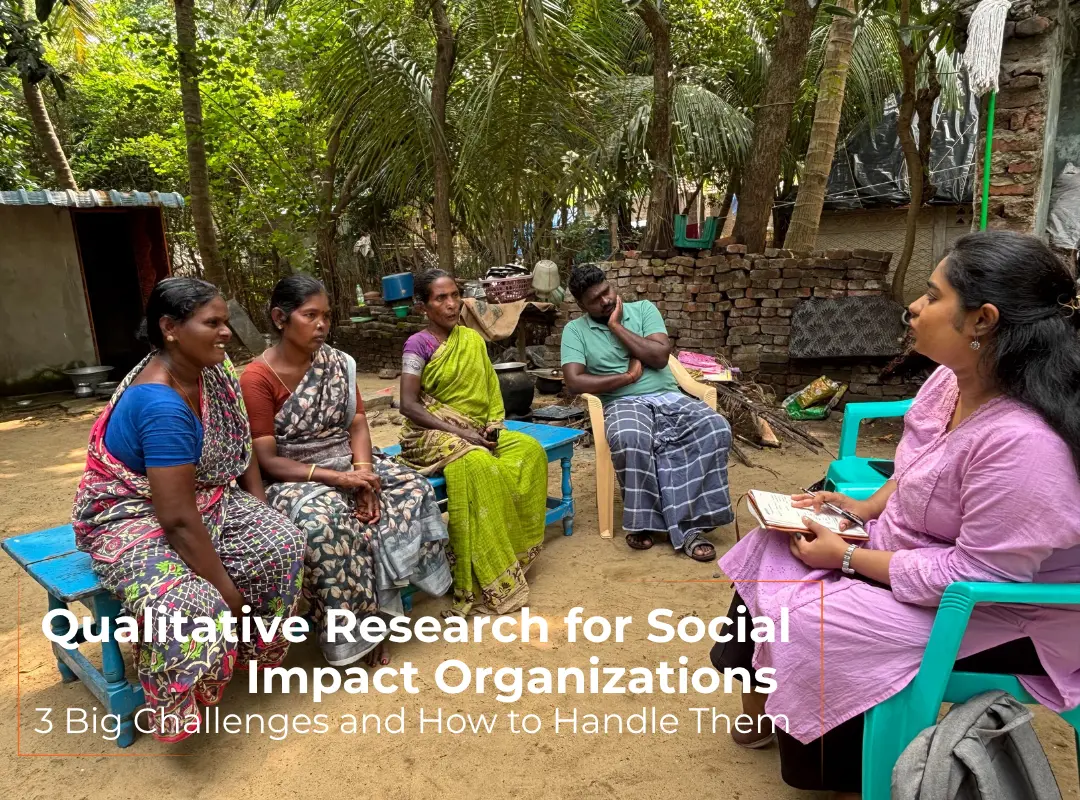Good programme planning, combined with effective monitoring and evaluation, enhances the impact of development programmes. This idea is represented by the popular and strategic approach of Results-Based Management (RBM), increasingly being used by several governments and charitable organisations across the globe.
A strong RBM system focuses on the ‘life cycle’ of programmes, where ‘results’ are central to planning, implementation, monitoring and evaluation, reporting, and decision-making. A result is a describable or measurable change (intended, unintended, positive, or negative), that is derived from a cause and effect relationship. By focusing on ‘results’ rather than ‘activities’, RBM enables the clear articulation of intended results and the demonstration of progress towards these results.
An indicator is a variable (its value changes) that measures (objective calculation of value) change or results produced by a development intervention relative to what was planned. An indicator has four core aspects- which examines who is changing (population), how much should change (targets), how much is good enough (threshold) and by when outcomes should be achieved (timeline).
Developing appropriate indicators are essential for programme planning, implementation, and impact. Indicators serve as a reference point for monitoring, decision-making, and stakeholder consultations. They clarify relationships between activities, outputs, outcomes, and goals of a programme. They are beneficial in assessing programme and staff performance and achievements. Most importantly they ensure a shared vision among stakeholders and serve as signposts of change. It is widely recognised that within the RBM approach, indicators should have SMART properties: Specific, Measurable, Achievable, Realistic, and Time-bound.
Indicators should be specific in terms of measuring as closely as possible what the expected outcomes are. They should be clear and explicit in intent and language. Indicators should be specific to local contexts, in which they are being used, and should be able to portray the ‘who’ and ‘what’ of the intervention. They should be closely linked to the problem and objectives/outcomes and embedded within an overarching Theory of Change. Gathering very specific data can be useful for gaining better quality information.

They should be measurable and have the capacity to be counted, observed, analyzed, tested, or challenged. Measurement and analysis of indicators should not be ambiguous but clearly defined to enable comparing of results over time. They should be robust, quick and simple to measure- with identified sources of data. Data availability is a key factor in selecting appropriate indicators.
The indicator should be achievable with targets accurately specifying the amount or level of what is to be measured, both as a result of the program and as a measure of realism. They should be within the scope of the program and not over claim results or outcomes of the program.
It is important for indicators to be realistic which can be obtainable at reasonable costs, frequency, and accuracy. Data collected on indicators should be easy to collect and should have a reason for being measured, in terms of usability and applicability. They should be developed based on varied stakeholder perspectives and be based on prior research and expert opinions.
Indicators should also have corresponding targets relating to time frames of measurement. The indicator should state when it will be measured, to appropriately determine the extent of achievement of outcomes and results within a certain time frame. SMART indicators are definitely the first step towards organisations collecting data which will enable them to make evidence based decisions.
In the upcoming workshop, ‘knowledge leads’ from three accomplished organisations will share best practices on developing their program’s Theory of Change (ToC) map and defining input, process, output and outcome indicators. Lessons, successes and challenges of conducting evaluation studies will be shared with participants.
Get more details of the workshop here and register to attend here.




